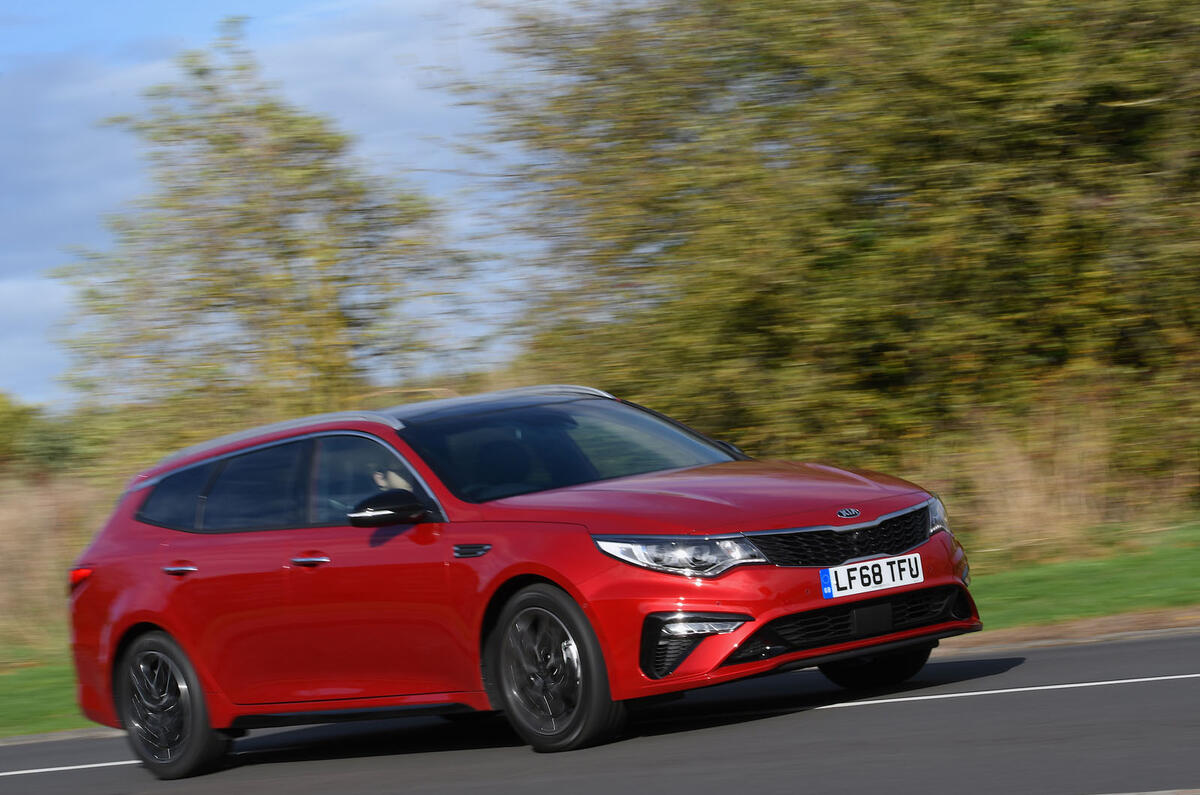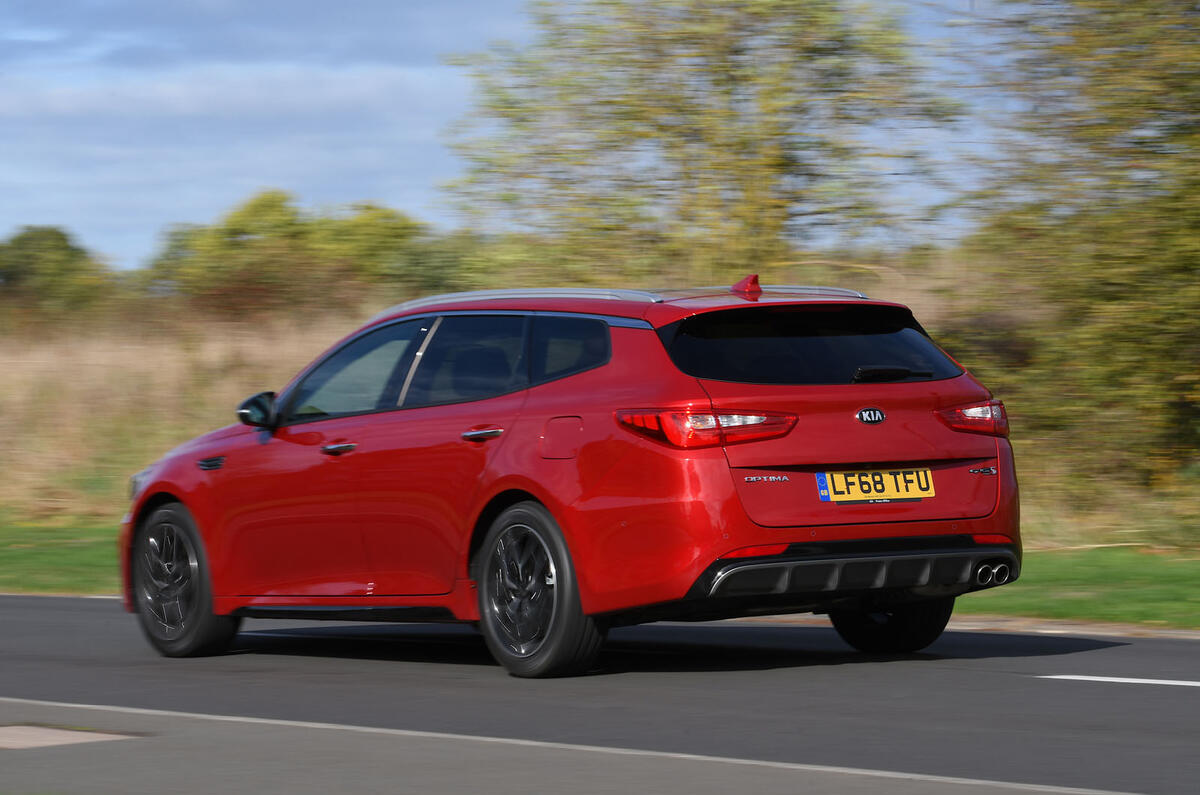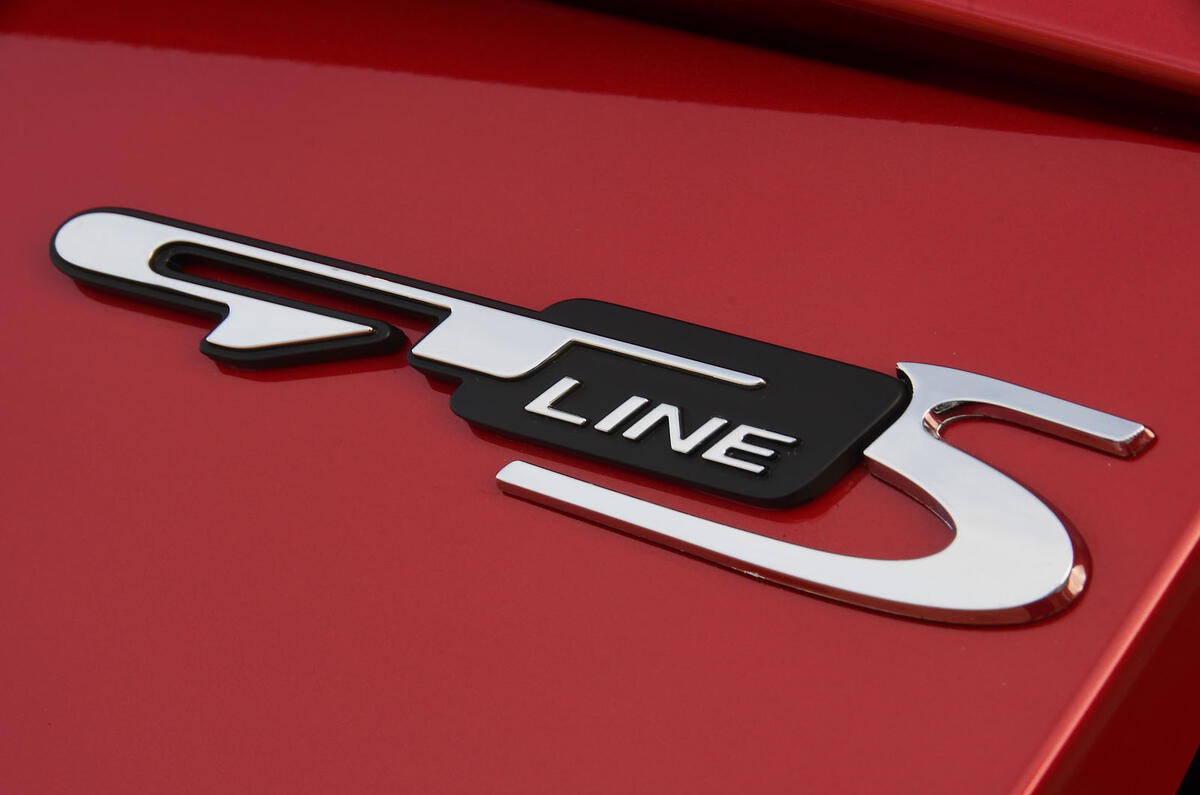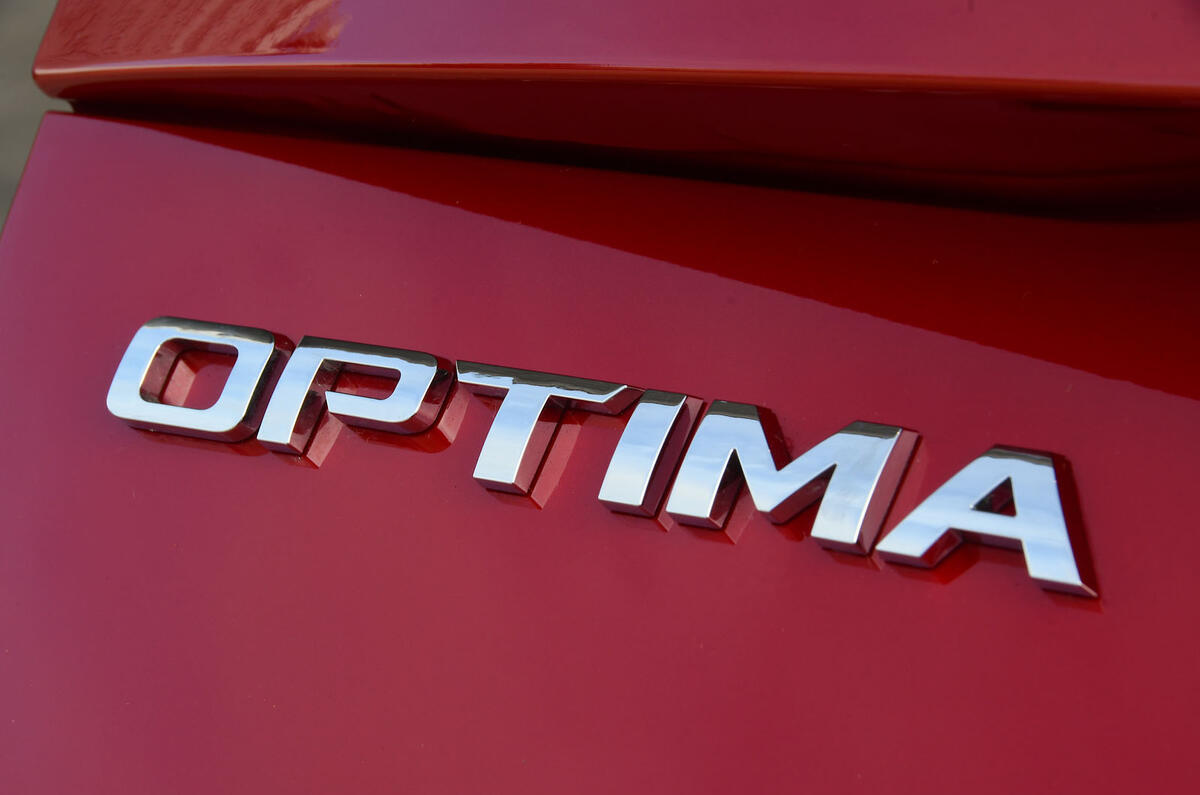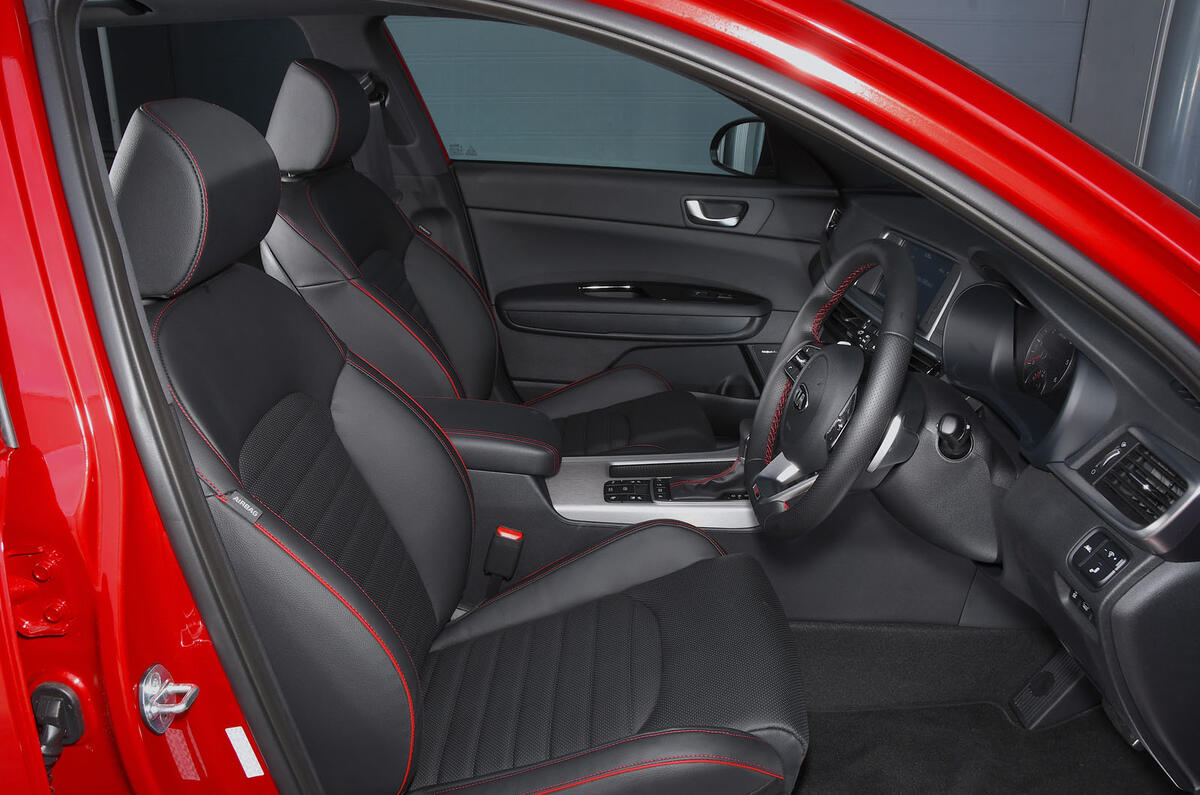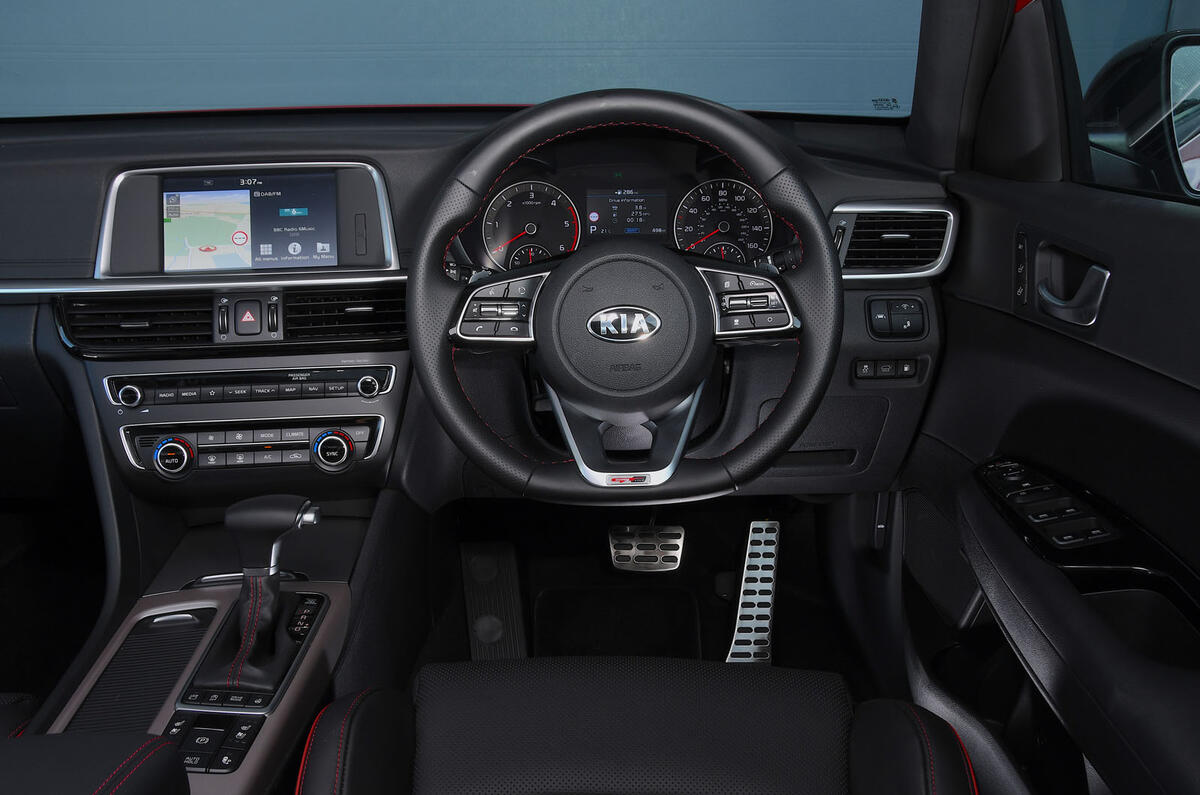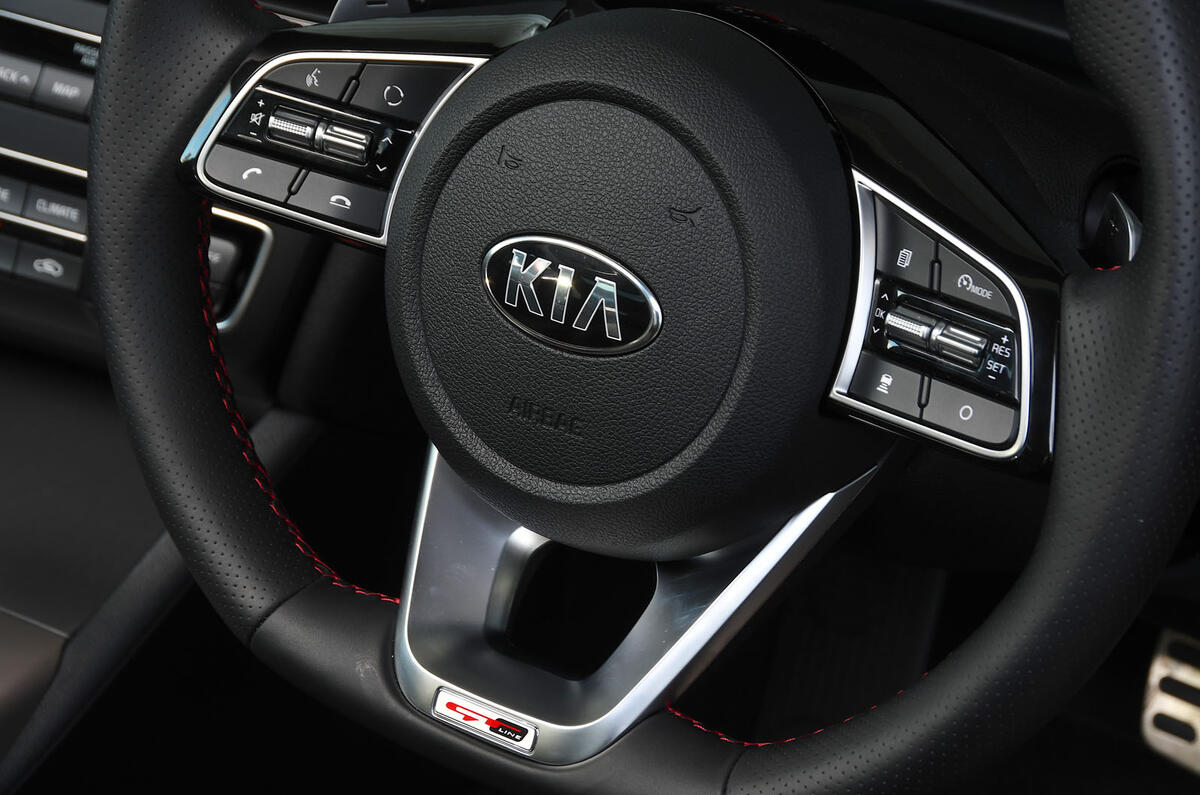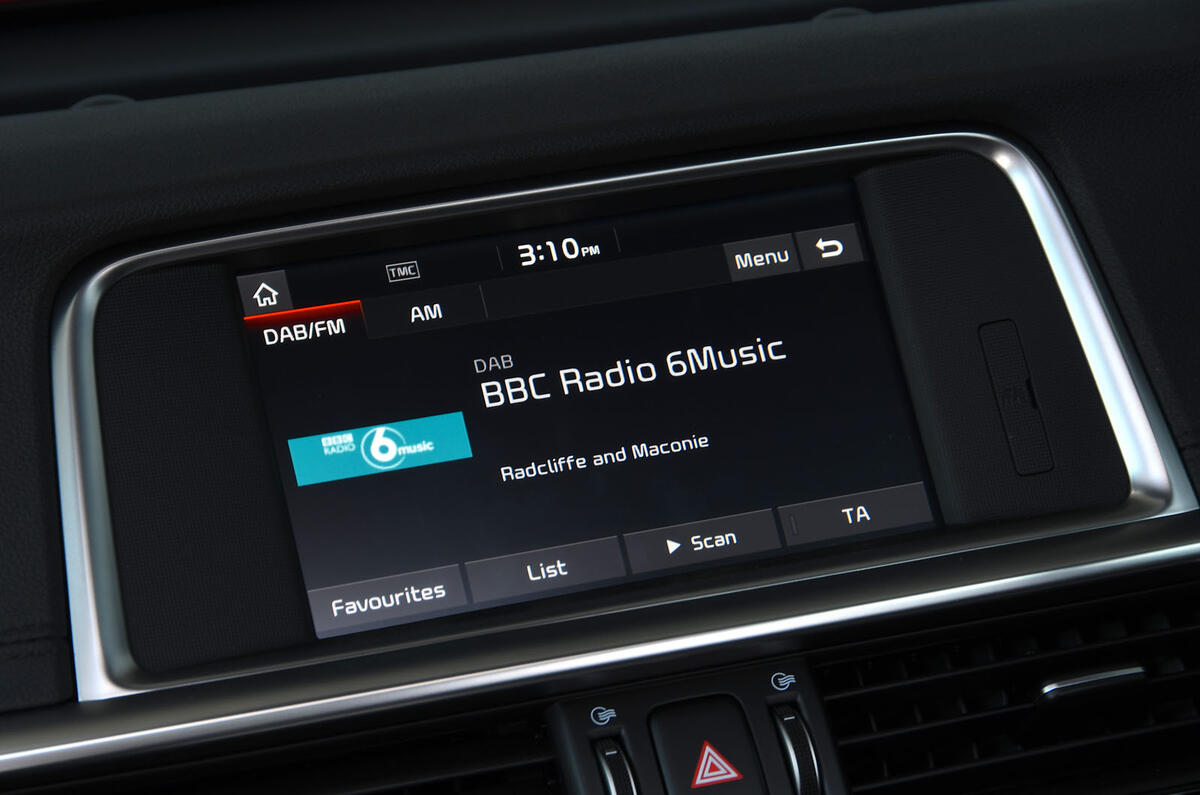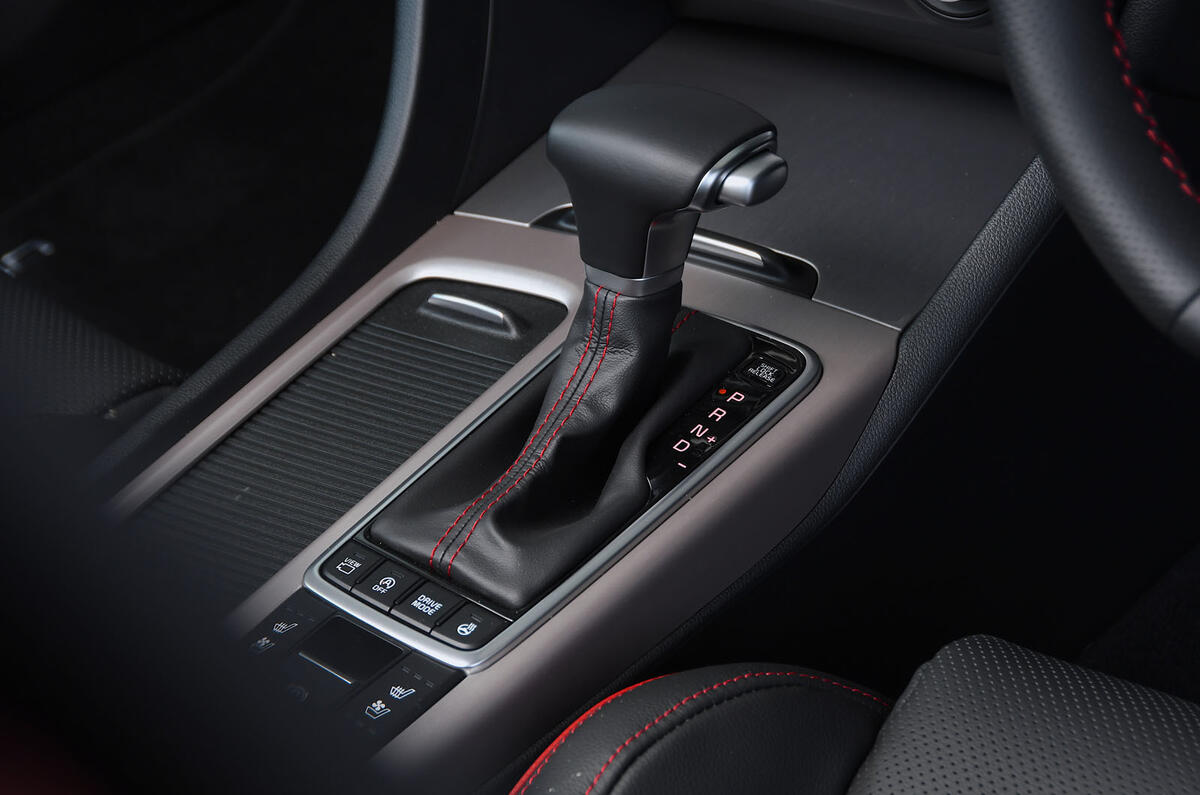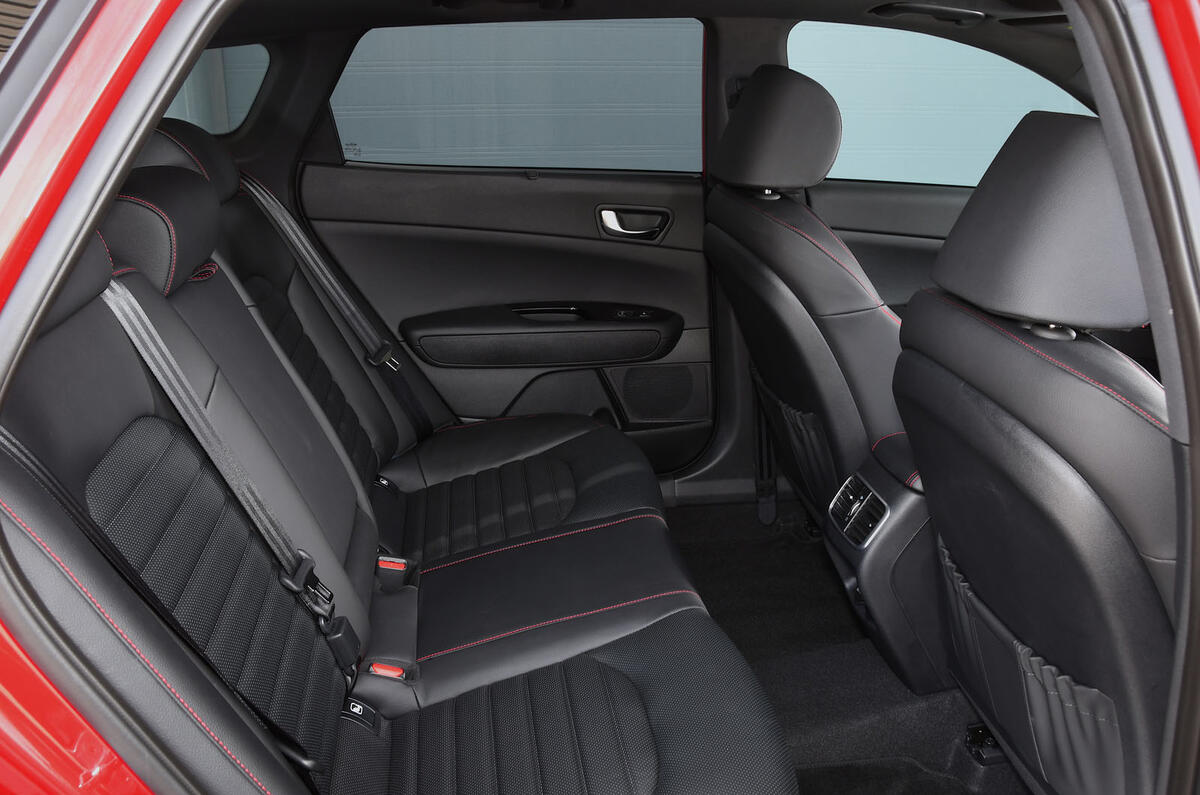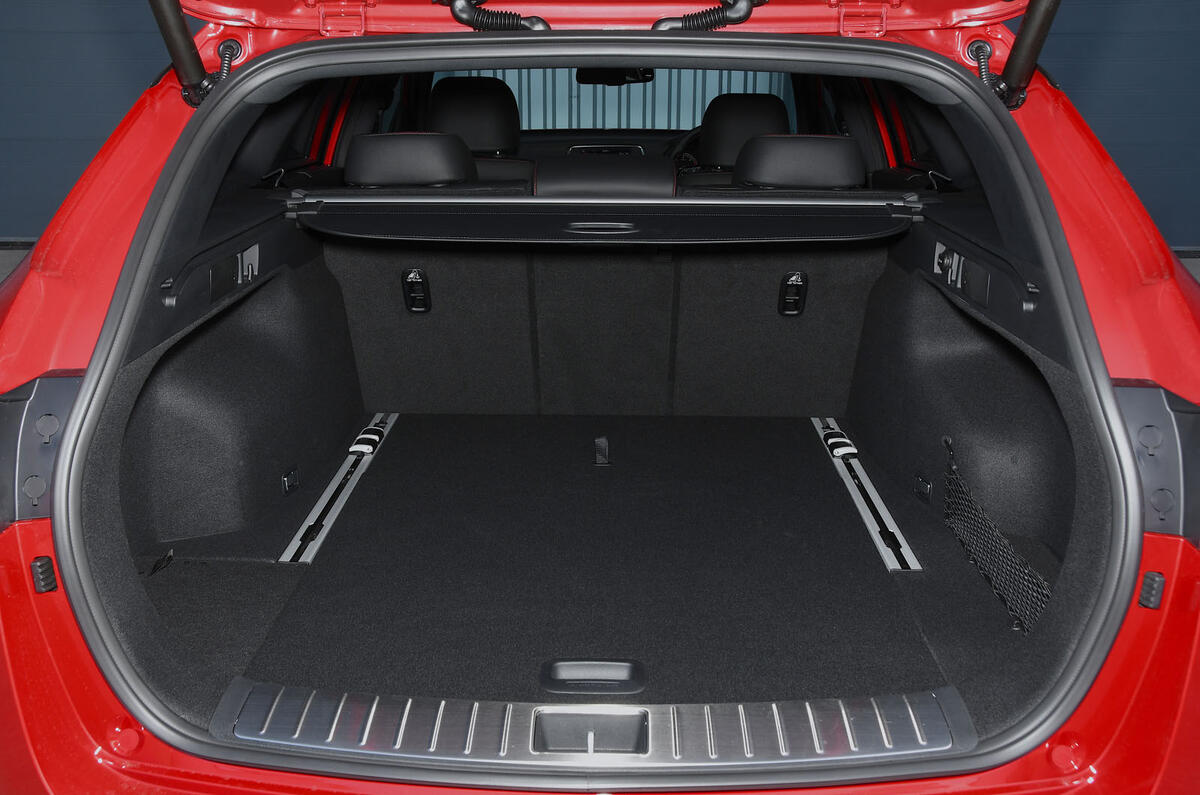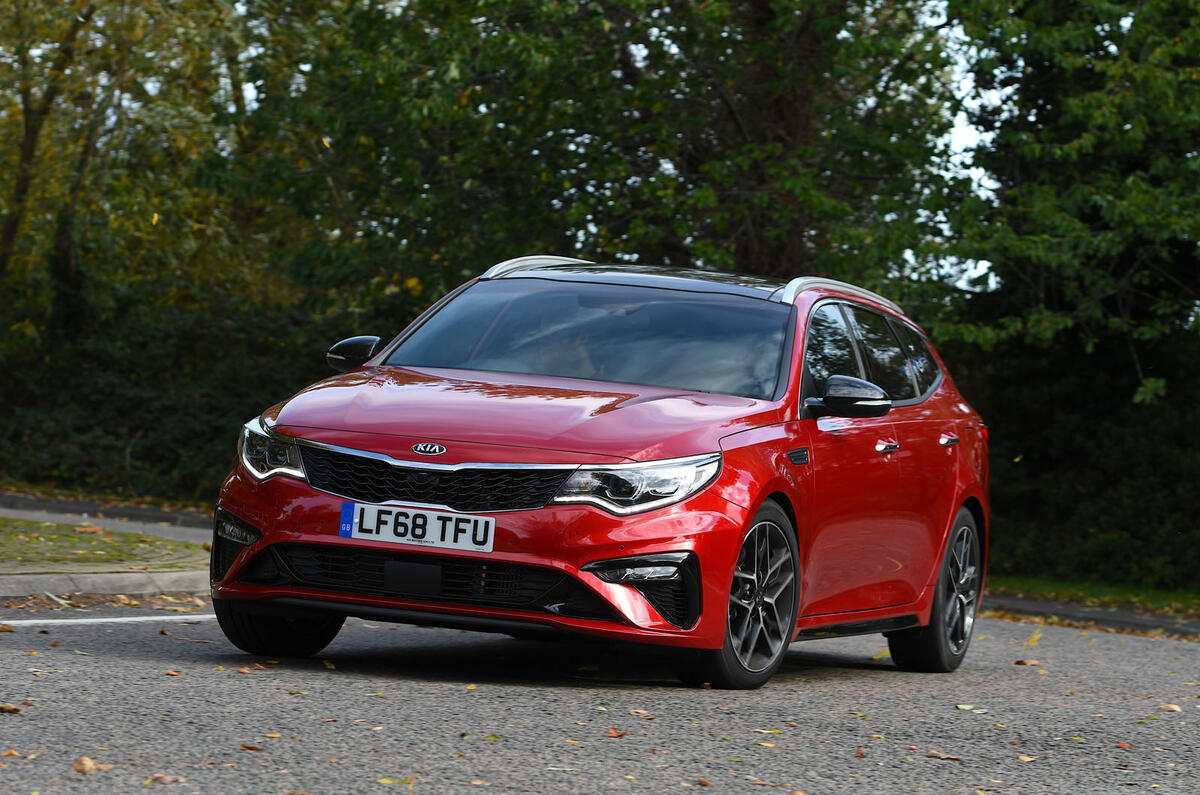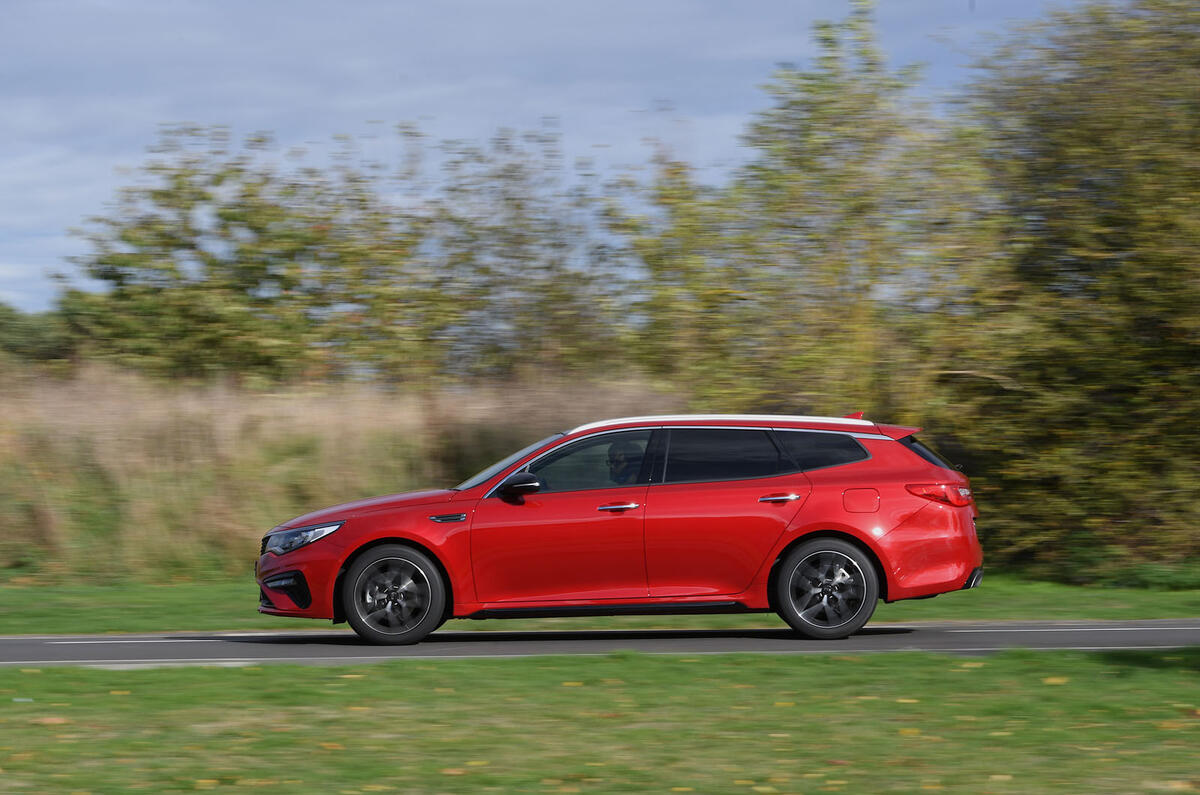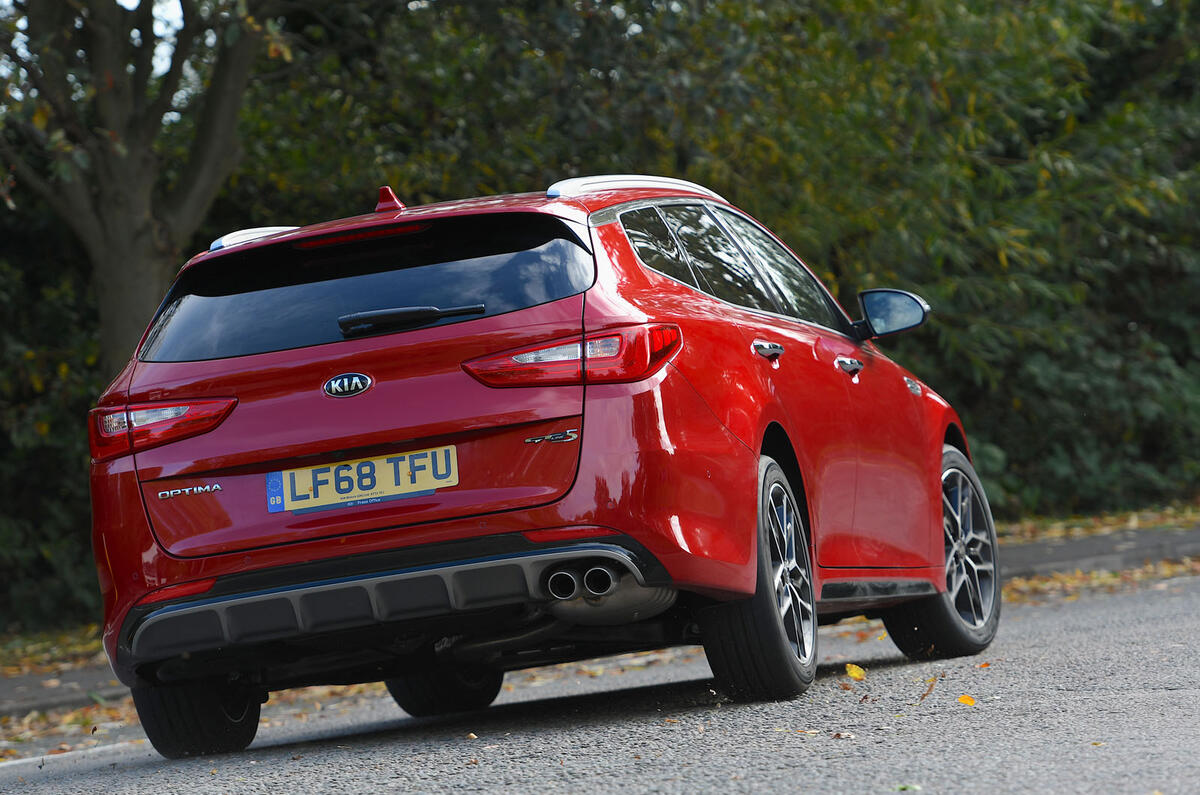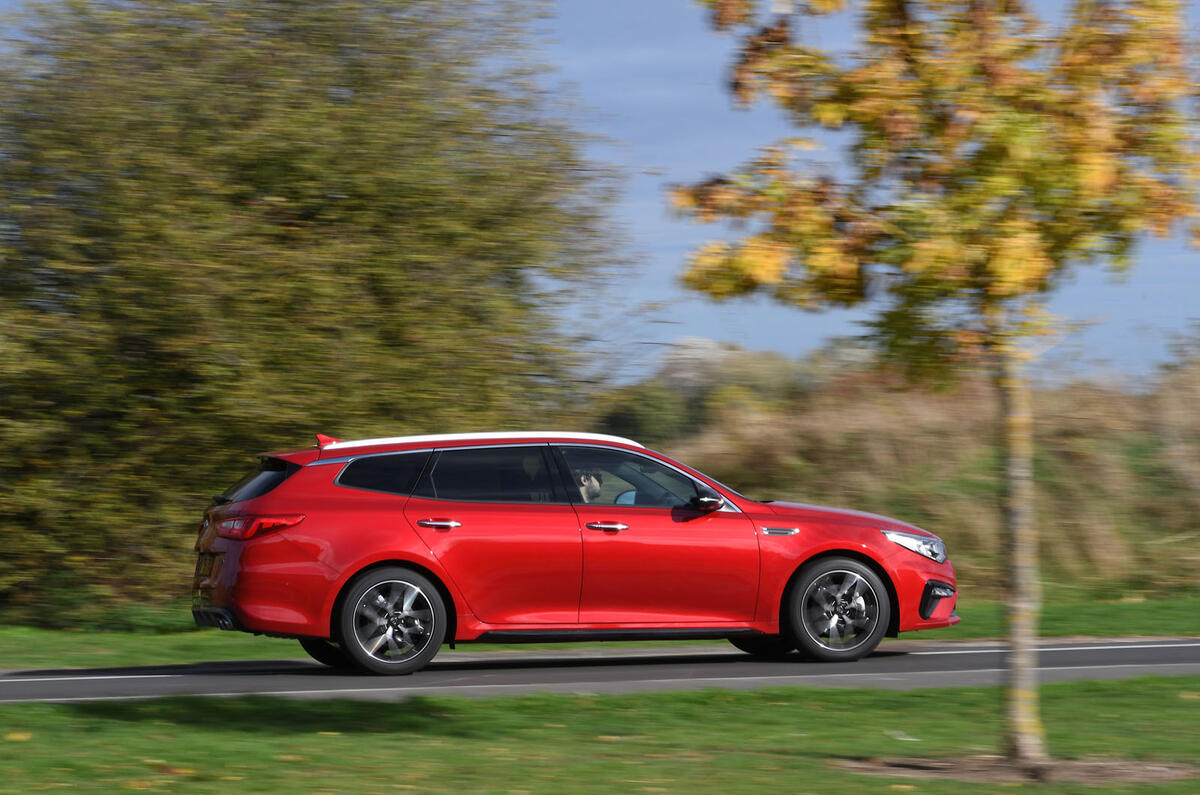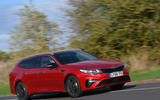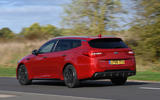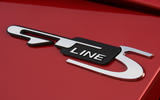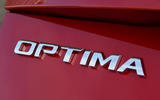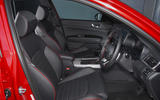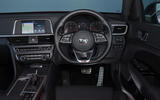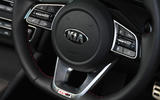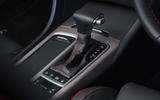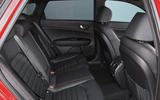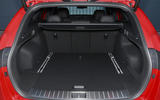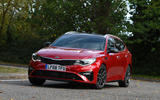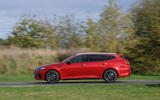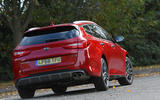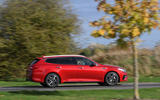A midlife revision to a car that passes many large family car buyers by - the Kia Optima. The Korean brand’s D-segment offering is hardly flavour of the month at the best of times, but with the introduction of the sharper, more exciting Kia Stinger, it's looking increasingly unloved.
It also finds itself in a segment that has seen significant decline over the past few years - even the Ford Mondeo’s future hangs in the balance. SUVs are all many buyers want to know about now, and even those who do plump for a traditional three-box model are far more likely to choose a nice monthly lease deal with one of the premium brands.
But those who immediately dismiss the Optima, in particular the Sportswagon estate we have here, are missing out on a quietly competent, handsome and fuss-free family holdall that has only become more appealing with the latest revisions.
What has Kia done to keep the Optima up to date?
Little has changed to the Optima’s exterior look, which is no black mark as it’s still one of Kia’s more visually successful designs. There is a redesigned grille, new lights front and rear, tweaked bumpers and additional black trim on top-spec cars. But only the most hardened family estate enthusiast would pick the facelifted car out of a line-up.
Visual changes to the cabin don’t extend much beyond a new steering wheel and multi-colour ambient lighting, as Kia has instead chosen to bolster the kit tally. There’s now a driver attention warning system, autonomous braking with pedestrian detection and lane keep assist, along with auto high-beam full-LED headlights.


